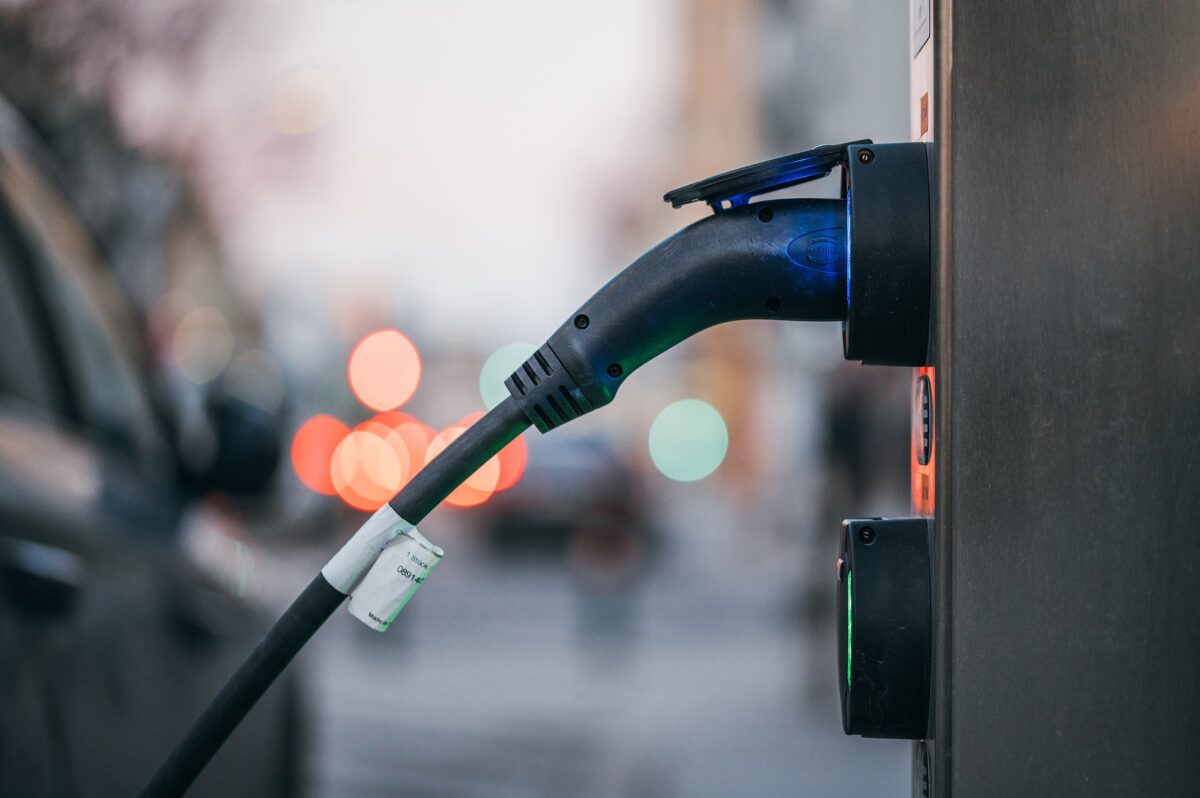The impact of electric vehicles (EVs) on the world’s power grids is a top concern for utilities because each EV represents a load on the system equivalent to a single home. In the future, if everyone drives home after work and then plugs in their EV as the sun is setting and when rooftop solar production drops, our already stressed grid networks might face regular power outages and the costs of maintaining grid reliability could mushroom.
Yet a tipping point for EVs in becoming mainstream consumer offerings is steadily approaching. By 2030, government vehicle fuel efficiency regulations and continued development of advanced battery chemistries and manufacturing capacity are likely to make EVs cheaper to purchase than competing liquid or gaseous fuel-powered vehicles. Consumer Reports noted that the total cost of ownership of an EV is cheaper than a traditional gasoline-fueled vehicle. So, the future will soon be today.
For the electric power sector, EVs are a boon because they increase demand for kilowatt hours. While basic load growth is good for the sector, the uneven distribution of that growth within a specific location or at a specific time of day could prove burdensome for utilities. Actively managing and spreading the EV charging load across infrastructure assets may not only prevent infrastructure upgrade costs but may also decrease grid balancing costs.
Solar and EV parallels
Concerns over EVs echo the industry’s past views of solar energy. As rooftop solar systems began to pop up at random across the grid, they had the potential to impact utility resource planning. As costs continued to come down, market traction multiplied. Also, the widespread adoption of solar transformed assumptions about grid management, with excess solar production during the middle of the day, when demand was low, and declines in solar production in the early evening, when demand ramped up.
Then there’s the equity issue. Only some consumers can afford solar or EVs, and others feel shut out. The issue of access permeates the new energy landscape, where prosumers are purported to be in the driver’s seat, contributing to climate change solutions by generating and consuming electricity in the most sustainable manner possible, right in their own homes. As with other forms of new technology, early adopters lean toward more affluent single-family homeowners. Yet to meet the scale of the energy transition, high-end prosumers can’t do the job alone. They need help from the rest of society. New energy-as-a-service business models and government incentives, such as those included in the Inflation Reduction Act, are allowing more consumers to participate in the new energy economy by lowering costs for solar, batteries and EVs.
Bidirectional utility
Like solar, EVs can be good grid neighbors if public policies and regulations are put in place to allow these resources to be bidirectional. With solar, it was the policy of net metering, which essentially allowed solar asset owners to barter for electricity with host distribution utilities, sending clean electricity back to the grid when there was no demand for it on site. With EVs, a similar relationship is possible, if regulators figure out an adequate compensation mechanism for EVs to buffer the grid with the “batteries on wheels” and the ability of software to modulate EV charging to meet the needs of the grid in real-time.
The technology for EVs to be a viable grid asset is already here. Vehicle grid integration (VGI) technologies, including software, enable EVs to participate in grid balancing. EVs can do this by modulating the rate of power at which the battery is charged, or by also providing power back to the grid, known as vehicle-to-grid (V2G). Though this may seem like a win-win for the electric power sector, V2G is still a fledgling solution with significant hurdles to overcome. Opportunities for deployment vary significantly by location depending on the confluence of a growing EV population, an intelligent grid, penetration of renewable resources, and open market regulatory structures.
EV opportunities and challenges
The opportunities for EVs to be viable grid assets are clear:
- Batteries in EVs can potentially respond more quickly and accurately to grid signals than other utility grid service assets, such as natural gas-powered peaker plants.
- When charged up with on-site solar systems, EV batteries are cleaner than natural gas peaker plants.
- The potential EV resource is huge. In California alone, one estimate by the Climate Center, projects that 100 GW of EV capacity will be available if the state’s EVs were all bidirectional.
The outstanding challenges that remain include:
- The vast majority of EVs being sold today are not bidirectional. The Nissan Leaf is one of the few models that include this feature.
- Today’s market offers very few bidirectional charger/EVSEs capable of enabling V2G. The speed and accuracy of EVs in responding could boost grid efficiency, but in most markets, these performance advantages are not compensated accordingly.
- Many wholesale markets are just starting to figure out how to accommodate EV charging into portfolios of DER assets being integrated into virtual power plant aggregations. Given that, the business case for EVs as grid assets is confusing because EVs are road-facing assets first and grid assets second.
- Utility interconnection agreements and site analyses for V2G are lengthy processes.
EVs as a solution
Thanks for advances in artificial intelligence and software platforms, EVs can represent solutions to the variability of weather (and the corresponding availability of renewable energy resources) by modulating charging when there is a surplus of clean energy available. When there’s a shortage of supply, EV charging can be throttled back. Because solar is available during the day (and the wind often blows strongest in the early evenings and night), possible synergies emerge. Our energy systems are being transformed by dramatic increases in distributed energy resources (DERs) such as solar and EVs. These DERs are challenging conventional thinking. EVs could be the most transformational of all with smart software serving as the key enabling technology to maximize value for both asset owner and grid.
 Varun Deshpande is a product panager for the predictive controls & forecasting team at AutoGrid Systems (a Schneider Electric company). He has been working in the energy industry for over 7 years and has extensive experience in areas of renewable energy integration, battery & DER management & AI in Energy. He is passionate about utilizing information technology & data science to add value to the energy grid. Varun is a graduate of Carnegie Mellon University with a degree in Energy Science Technology & Policy.
Varun Deshpande is a product panager for the predictive controls & forecasting team at AutoGrid Systems (a Schneider Electric company). He has been working in the energy industry for over 7 years and has extensive experience in areas of renewable energy integration, battery & DER management & AI in Energy. He is passionate about utilizing information technology & data science to add value to the energy grid. Varun is a graduate of Carnegie Mellon University with a degree in Energy Science Technology & Policy.
The views and opinions expressed in this article are the author’s own, and do not necessarily reflect those held by pv magazine.
This content is protected by copyright and may not be reused. If you want to cooperate with us and would like to reuse some of our content, please contact: editors@pv-magazine.com.








By submitting this form you agree to pv magazine using your data for the purposes of publishing your comment.
Your personal data will only be disclosed or otherwise transmitted to third parties for the purposes of spam filtering or if this is necessary for technical maintenance of the website. Any other transfer to third parties will not take place unless this is justified on the basis of applicable data protection regulations or if pv magazine is legally obliged to do so.
You may revoke this consent at any time with effect for the future, in which case your personal data will be deleted immediately. Otherwise, your data will be deleted if pv magazine has processed your request or the purpose of data storage is fulfilled.
Further information on data privacy can be found in our Data Protection Policy.